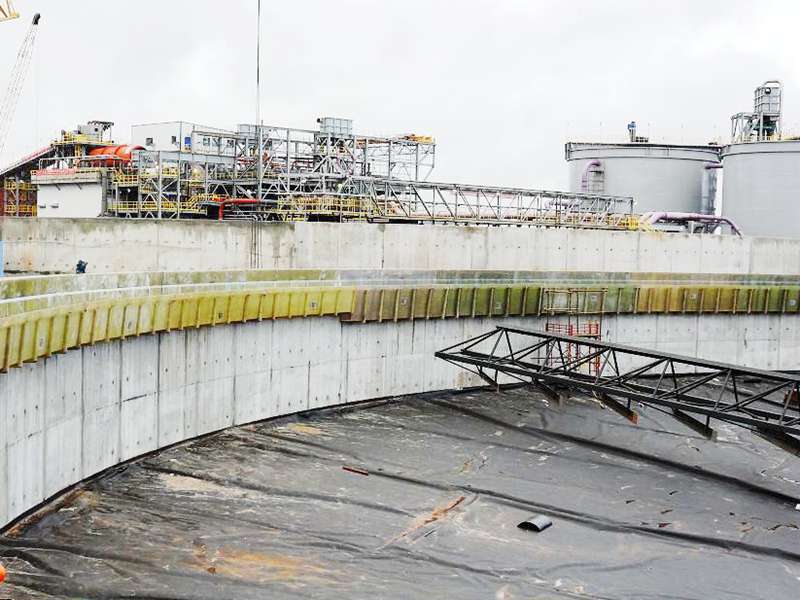
-
 Afrikaans
Afrikaans -
 Albanian
Albanian -
 Amharic
Amharic -
 Arabic
Arabic -
 Armenian
Armenian -
 Azerbaijani
Azerbaijani -
 Basque
Basque -
 Belarusian
Belarusian -
 Bengali
Bengali -
 Bosnian
Bosnian -
 Bulgarian
Bulgarian -
 Catalan
Catalan -
 Cebuano
Cebuano -
 China
China -
 China (Taiwan)
China (Taiwan) -
 Corsican
Corsican -
 Croatian
Croatian -
 Czech
Czech -
 Danish
Danish -
 Dutch
Dutch -
 English
English -
 Esperanto
Esperanto -
 Estonian
Estonian -
 Finnish
Finnish -
 French
French -
 Frisian
Frisian -
 Galician
Galician -
 Georgian
Georgian -
 German
German -
 Greek
Greek -
 Gujarati
Gujarati -
 Haitian Creole
Haitian Creole -
 hausa
hausa -
 hawaiian
hawaiian -
 Hebrew
Hebrew -
 Hindi
Hindi -
 Miao
Miao -
 Hungarian
Hungarian -
 Icelandic
Icelandic -
 igbo
igbo -
 Indonesian
Indonesian -
 irish
irish -
 Italian
Italian -
 Japanese
Japanese -
 Javanese
Javanese -
 Kannada
Kannada -
 kazakh
kazakh -
 Khmer
Khmer -
 Rwandese
Rwandese -
 Korean
Korean -
 Kurdish
Kurdish -
 Kyrgyz
Kyrgyz -
 Lao
Lao -
 Latin
Latin -
 Latvian
Latvian -
 Lithuanian
Lithuanian -
 Luxembourgish
Luxembourgish -
 Macedonian
Macedonian -
 Malgashi
Malgashi -
 Malay
Malay -
 Malayalam
Malayalam -
 Maltese
Maltese -
 Maori
Maori -
 Marathi
Marathi -
 Mongolian
Mongolian -
 Myanmar
Myanmar -
 Nepali
Nepali -
 Norwegian
Norwegian -
 Norwegian
Norwegian -
 Occitan
Occitan -
 Pashto
Pashto -
 Persian
Persian -
 Polish
Polish -
 Portuguese
Portuguese -
 Punjabi
Punjabi -
 Romanian
Romanian -
 Russian
Russian -
 Samoan
Samoan -
 Scottish Gaelic
Scottish Gaelic -
 Serbian
Serbian -
 Sesotho
Sesotho -
 Shona
Shona -
 Sindhi
Sindhi -
 Sinhala
Sinhala -
 Slovak
Slovak -
 Slovenian
Slovenian -
 Somali
Somali -
 Spanish
Spanish -
 Sundanese
Sundanese -
 Swahili
Swahili -
 Swedish
Swedish -
 Tagalog
Tagalog -
 Tajik
Tajik -
 Tamil
Tamil -
 Tatar
Tatar -
 Telugu
Telugu -
 Thai
Thai -
 Turkish
Turkish -
 Turkmen
Turkmen -
 Ukrainian
Ukrainian -
 Urdu
Urdu -
 Uighur
Uighur -
 Uzbek
Uzbek -
 Vietnamese
Vietnamese -
 Welsh
Welsh -
 Bantu
Bantu -
 Yiddish
Yiddish -
 Yoruba
Yoruba -
 Zulu
Zulu
လေဖြစ်တဲ့ စက်ကို လှုပ်ရှားပါတယ်။
GRP Winding Machine Technological Advancements in Composite Manufacturing
GRP (Glass Reinforced Plastic) winding machines play a pivotal role in the manufacturing of composite materials, particularly in sectors where strength-to-weight ratios are critical. These machines are designed to produce cylindrical or tubular components by winding glass fibers impregnated with resin around a core. The process results in products that are lightweight yet extremely durable, making them ideal for applications ranging from aerospace to automotive and infrastructure.
The Working Principle of GRP Winding Machines
The operation of a GRP winding machine is based on the principles of fiber winding technology. The machine typically includes a spool of glass fiber and a resin system, which are combined during the winding process. The core, which serves as the mandrel, is rotated while the glass fibers are wound around it in a precise manner. The resin impregnates the fibers, and once the desired thickness is achieved, the composite is cured, solidifying the structure.
1. Fiber Selection The type of glass fiber used can greatly affect the final properties of the composite. Common choices include E-glass for standard applications or S-glass for high-performance applications.
2. Resin System The choice of resin impacts the chemical resistance, temperature stability, and curing time of the composite. Epoxy and vinyl ester resins are popular due to their excellent adhesion and mechanical properties.
3. Winding Patterns Different winding patterns can be employed to enhance the strength and fatigue resistance of the final product. Helical winding, for example, provides improved structural integrity compared to hoop winding.
Advantages of Using GRP Winding Machines
The use of GRP winding machines offers several key advantages
- Efficiency Automated winding reduces labor costs and increases production speed, allowing manufacturers to meet market demands more effectively.
- Design Flexibility These machines can be programmed to create complex geometries, enabling the production of customized components for various applications.
- Cost-Effectiveness Although the initial investment may be significant, the long-term savings from reduced material waste and labor costs make GRP winding machines financially advantageous.
- High Performance The resulting composites exhibit superior physical properties, such as high tensile strength, corrosion resistance, and lightweight characteristics.
grp winding machine

Applications of GRP Winding Technology
The versatility of GRP winding technology leads to its adoption across various industries
- Aerospace Lightweight composite components contribute to fuel efficiency and performance in aircraft design.
- Automotive GRP materials are increasingly being used in vehicle manufacturing to reduce weight while maintaining strength and safety.
- Infrastructure Pipes, storage tanks, and other structural elements made from GRP are resistant to corrosion and can withstand harsh environmental conditions.
- Marine The marine industry utilizes GRP composites for boat hulls and other components where strength and resistance to water damage are crucial.
Future Trends in GRP Winding Machines
As technology continues to advance, several trends are shaping the future of GRP winding machines
- Automation The integration of robotics and AI in winding processes is expected to enhance precision and reduce human error.
- Sustainability There is a growing emphasis on developing eco-friendly materials and processes in composite manufacturing, leading to innovations in the types of resins and fibers used.
- Smart Manufacturing IoT (Internet of Things) technologies are being integrated into winding machines, allowing for real-time monitoring and data analytics to optimize production processes.
Conclusion
The GRP winding machine technology represents a significant advancement in composite manufacturing, offering numerous benefits that meet the demands of various industries. As innovations continue to emerge, the applications of GRP composites are likely to expand, further solidifying their role in modern manufacturing practices. Embracing these technological advancements will not only enhance product performance but also pave the way for more sustainable and efficient production methods in the future.









